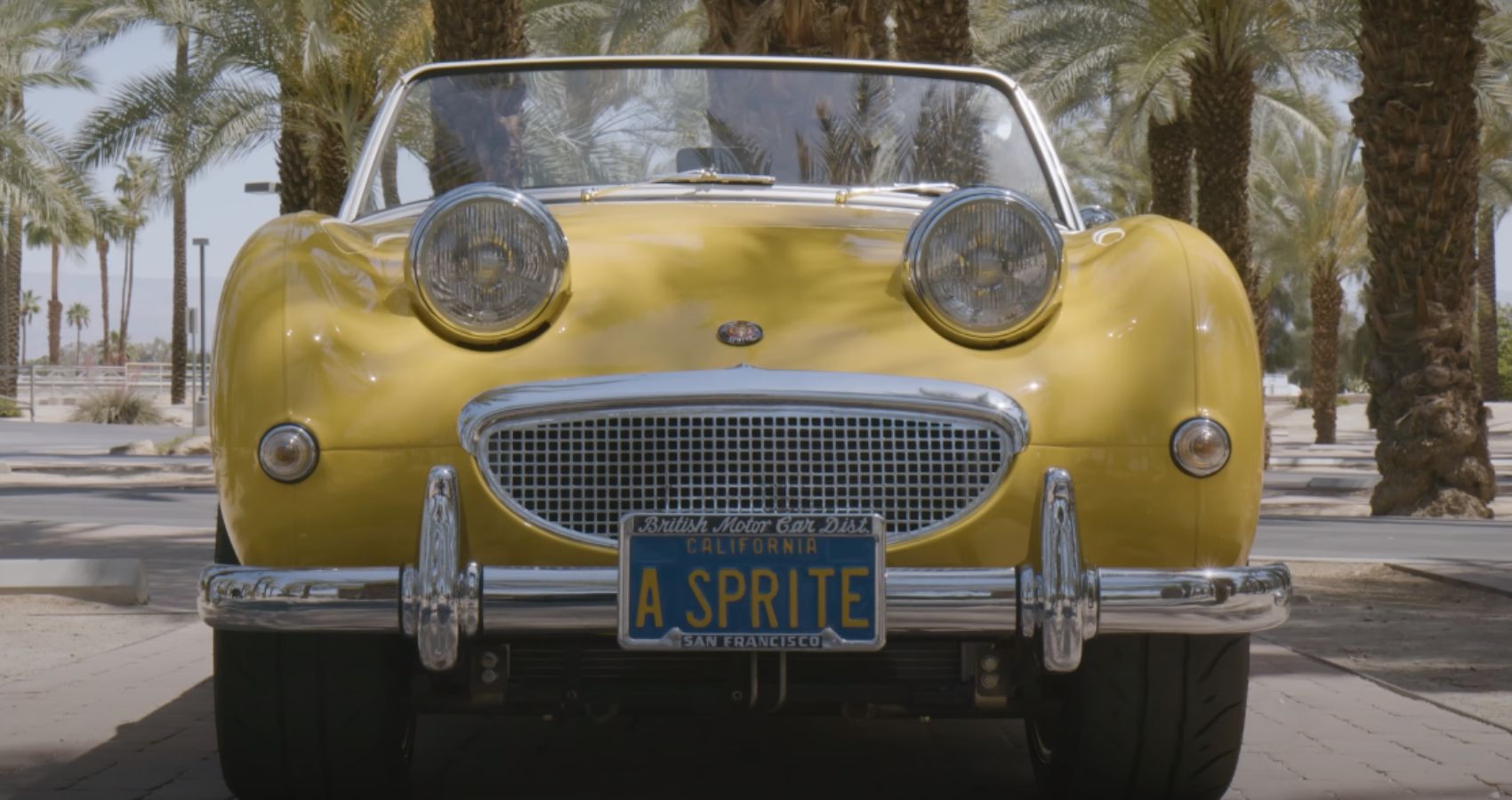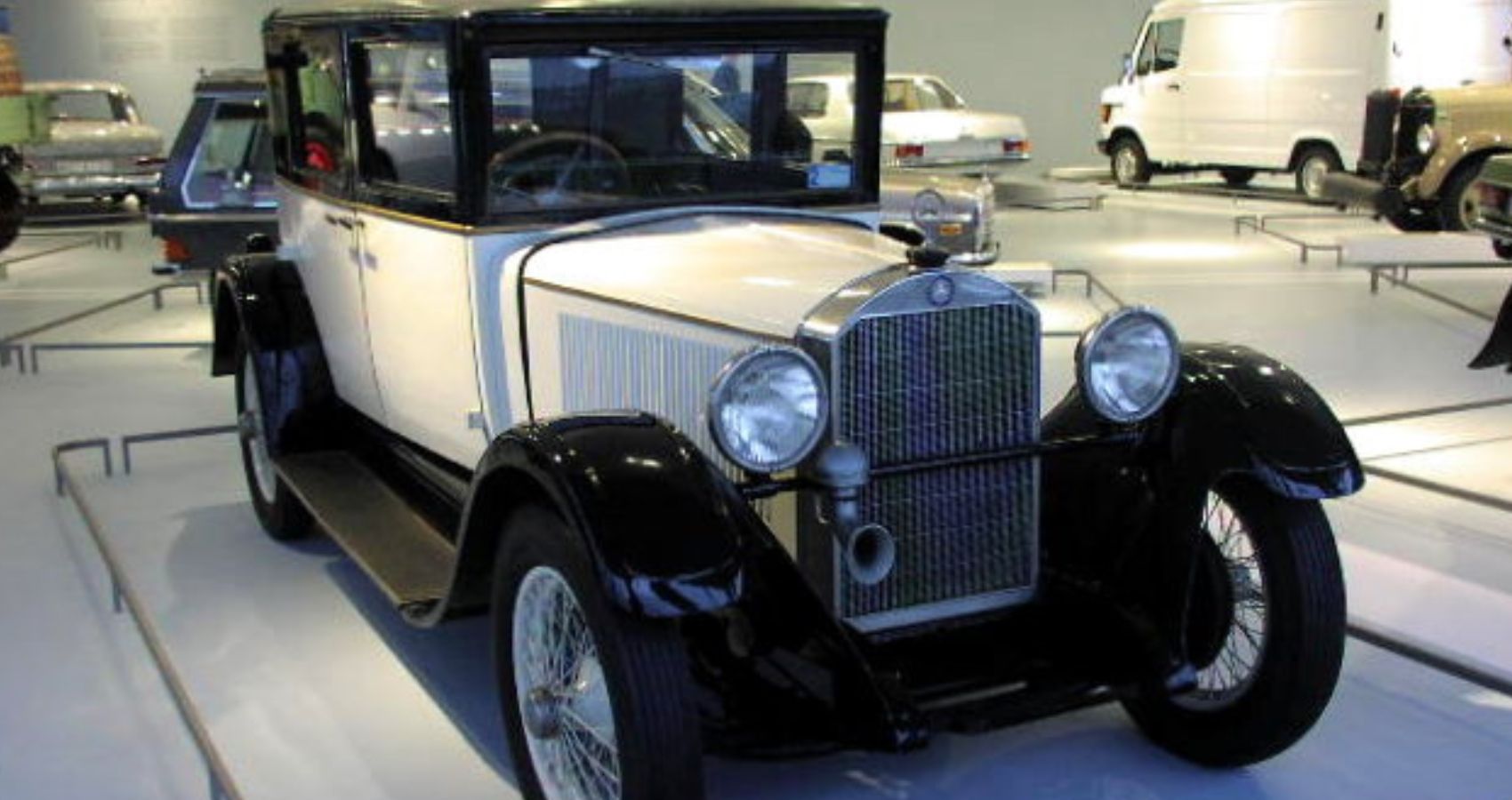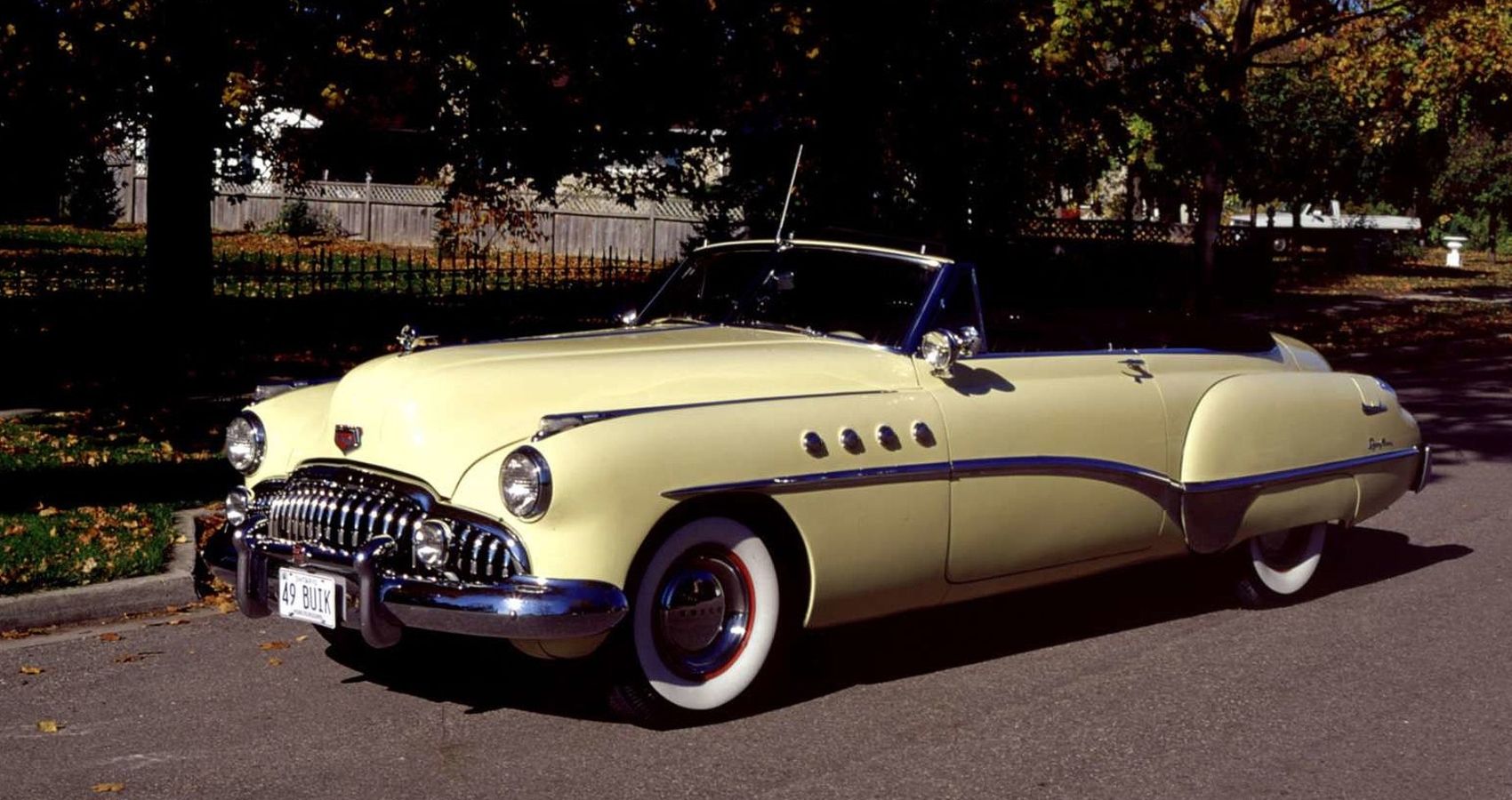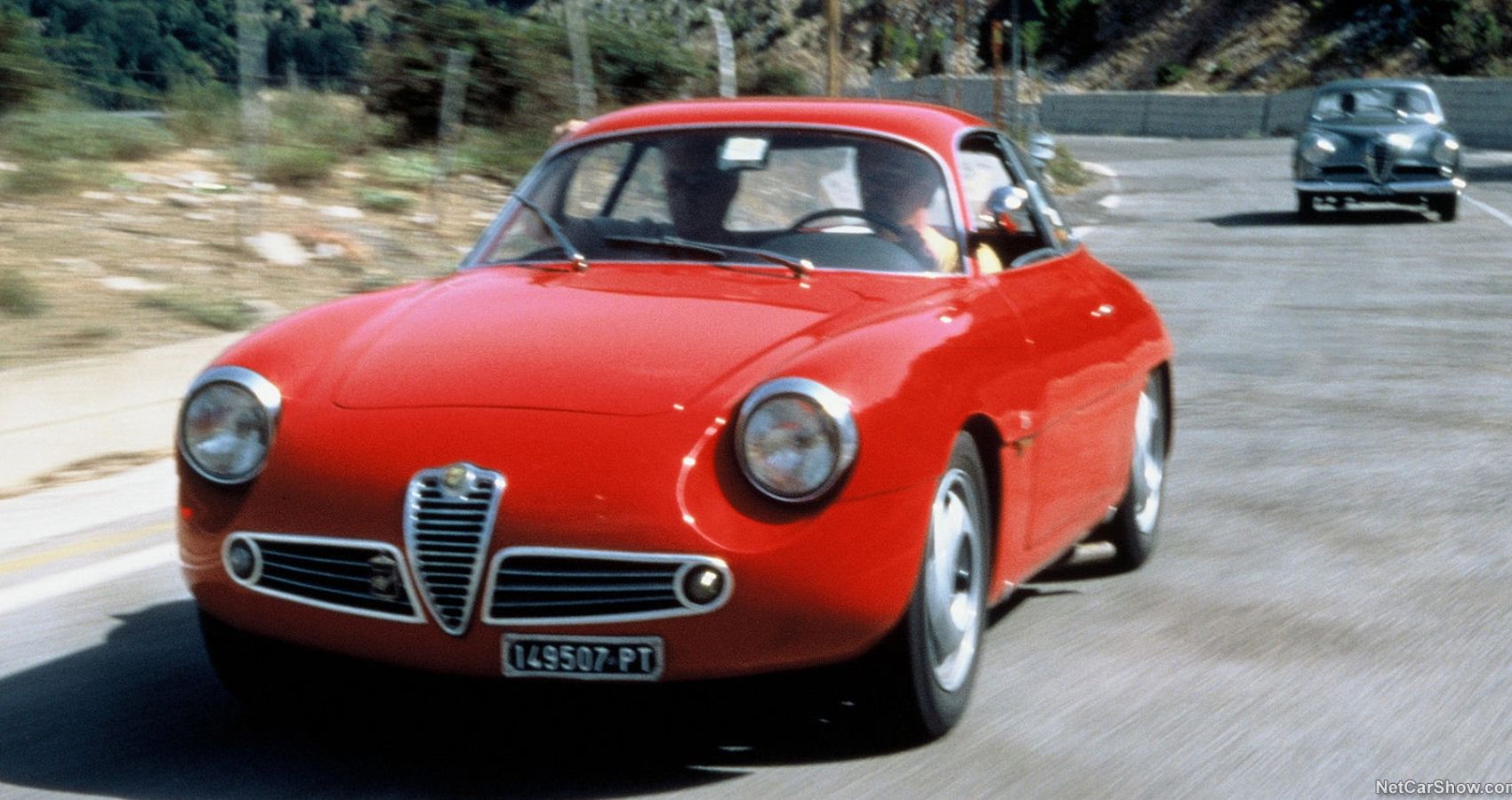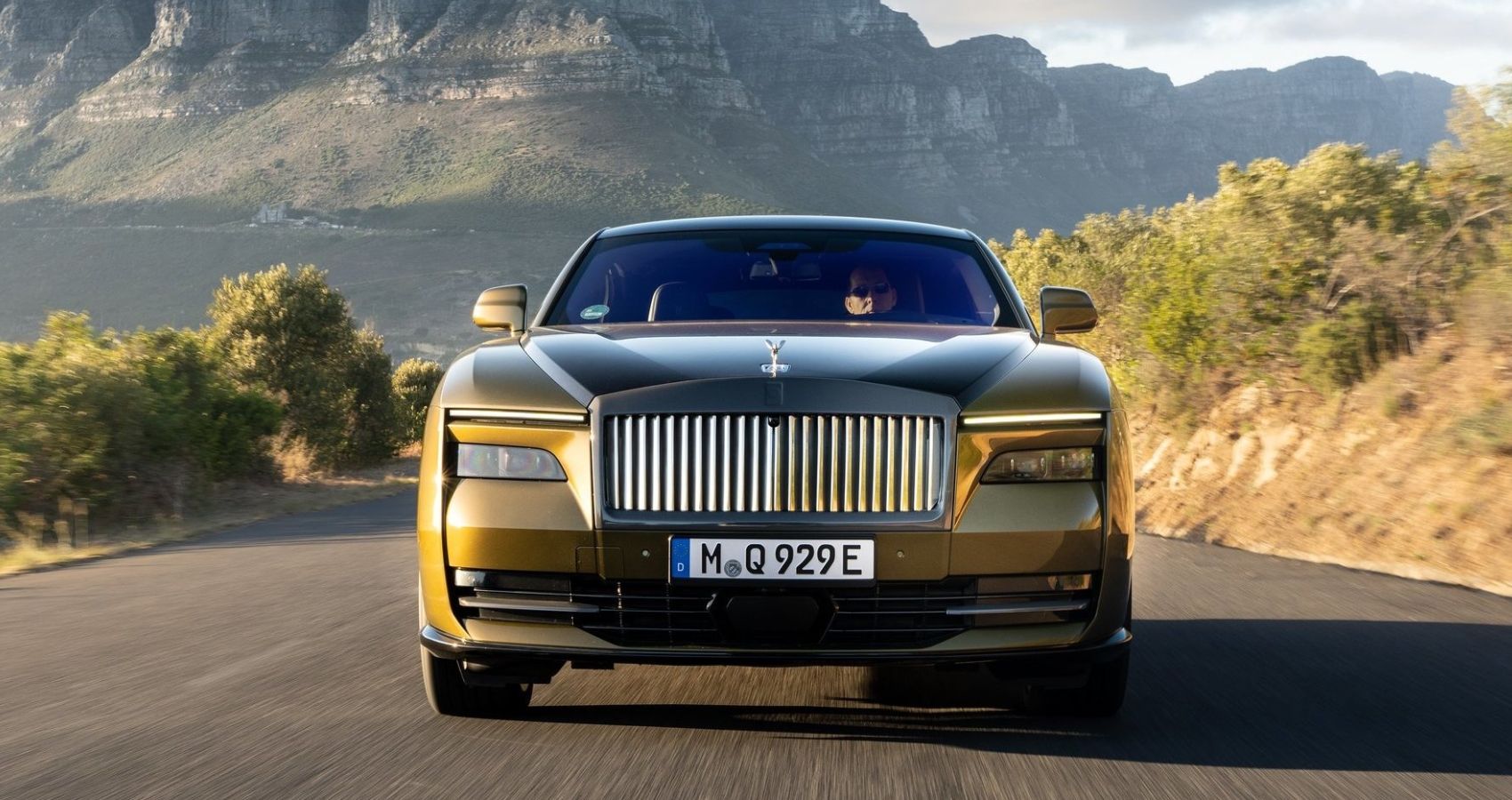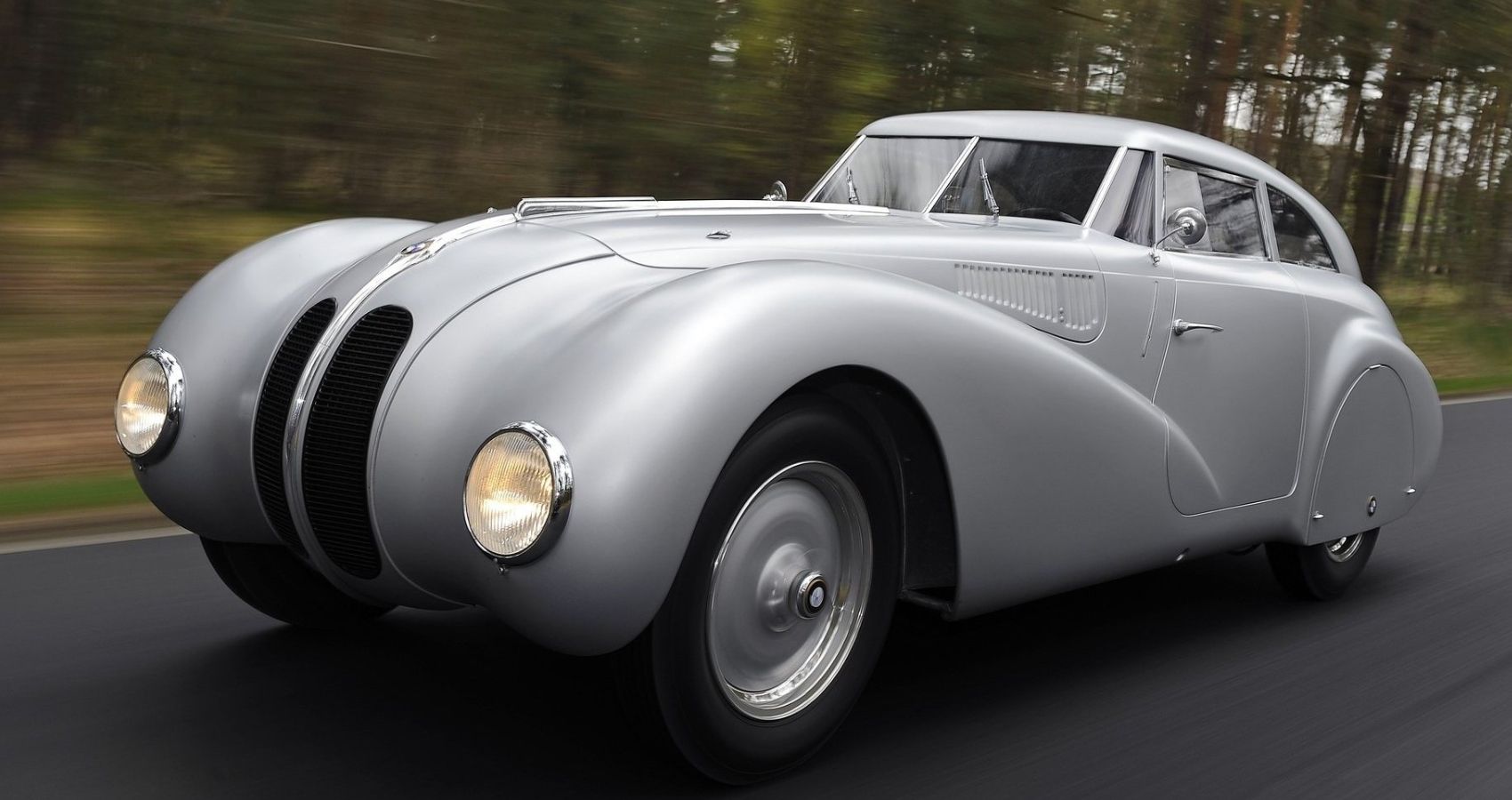Stare at the front of a car, and it will stare right back at you with two headlights, a grill, and a bumper; much like two eyes, a nose, and a mouth. Luxury cars have a resemblance to a 1900s gentleman with a mustache and glasses, while sports cars pull off a more sinister look
At some point, everyone thinks that it is all in their head. Cars don’t have a face, but it is something in our gut that tells us they’re watching us. To make every tin-foil hat wearer proud, this is only partially true. The front views of certain cars are designed to bear their personality. The devilish look of the Dodge Challenger and the wicked smile of the McLaren Artura give each car its own personality.
To see how we got to where we are with car designs, we’ll have to pan all the way back to the first years of the automobile industry.
Here's How The Front Of Cars Evolved
A late 1800s automobile roaming modern streets will look like a fish out of the water. They looked more like horse-drawn carriages than the cars we know today. The front of these early cars was typically grille-less, often sporting just a pair of headlights. As the centuries progressed, cars became more powerful and required shielded radiators.
In 1908, Ford made a move that echoed throughout automotive history: they introduced Ford Model T. Its low price and mass production made the Model T accessible to the average person. There was no competition or real need to make the cars look attractive, so the car's front end was simple and functional. We are talking about a simple, large radiator grille that was anything but eye-catching.
A revolution in automotive designs came about in the 1930s and 1940s, with cars sporting sleek, aerodynamic shapes and bold, chromed-out grilles. As cars became more than mere horseless carriages, automakers began experimenting with different grille shapes and designs. Some of these marked the start of bloodlines that led up to modern car designs.
Towards the mid-1940s, the automaker Buick introduced the "toothy grin". This revolutionary grille featured a series of horizontal bars that resembled a set of teeth. It became an instant hit, and soon other automakers were incorporating similar designs into their cars.
Then came the golden age of American muscle. During the 1960s and 70s, muscle cars like the Chevrolet Camaro and Ford Mustang dominated the roadways. Automakers were no longer just slapping any old grill on the front of their cars. They began designing the front fascia to stand out in the crowd. Vintage cars of this era were known for their aggressive, angular designs, with sharp lines and bold grilles that hinted at the monstrous power lurking under the hood.
Humans Have A Tendency To See Faces In Inanimate Objects
Humans have a peculiar knack for seeing faces in the most unexpected places. From clouds to electrical outlets, we seem to find faces lurking everywhere. It's a phenomenon known as pareidolia, and it's what makes us see faces in the most unlikely objects. But perhaps nowhere is pareidolia more evident than in the front face of cars.
Our ability to see faces in inanimate objects is an evolutionary trait that helped our ancestors recognize and react to potential threats, such as predators lurking in the shadows. So every time you feel like your four-wheeled friend is staring at you, think back to how useful pareidolia was to our forefathers throughout history.
Adding A Face Allows Automakers To Give Cars A Personality
Cars have personalities. It is why some gearheads prefer American muscle cars, while others prefer European supercars. A part of that personality is embedded under the hood, but there are fragments scattered across a car’s design. The front fascia of a car is the first impression of what a car’s personality is like, and automakers know how to make just the right use of that.
The new Rolls-Royce Spectre, for example, has rectangular headlights and a rectangular grill right between them. The sharp edges give it the $400,000 look, seemingly about to greet you with a ‘good afternoon’ and invite you for a cup of tea inside.
Sports car manufacturers such as Ferrari have a different approach to their faces. For example, the Ferrari SF90 Stradale has sharp downward-angled headlights and a low-placed grille mimicking a grin. Its mean appearance hints at the 769 hp power it packs, daring you to race it down the street.
Cars With Iconic Faces
With automakers making perfect use of malleable car front designs, we have received some iconic car faces over the decades. Some timeless grins and frowns will timelessly stare down from the pages of history books.
The Porsche 911, with its round headlights and low grille, reminds us of a time many automakers opted for similar designs, giving cars a more ‘innocent’ look. The 1997 Pontiac Trans Am symbolizes the era of pop-up headlights and ugly car designs. The BMW’s iconic front grill and rectangular headlines are synonymous with the brand name. And the Bugatti Chiron's thin, eyebrow-like headlights and centered grille instantly come to mind when we are speaking of fast cars.
Cars have faces largely due to automakers, designers, and buyers being human. We tend to slap a face on something we are designing and see a face in an inanimate object. Cars have given us "the stare" since the beginning of time, and they are not going away any time soon.

